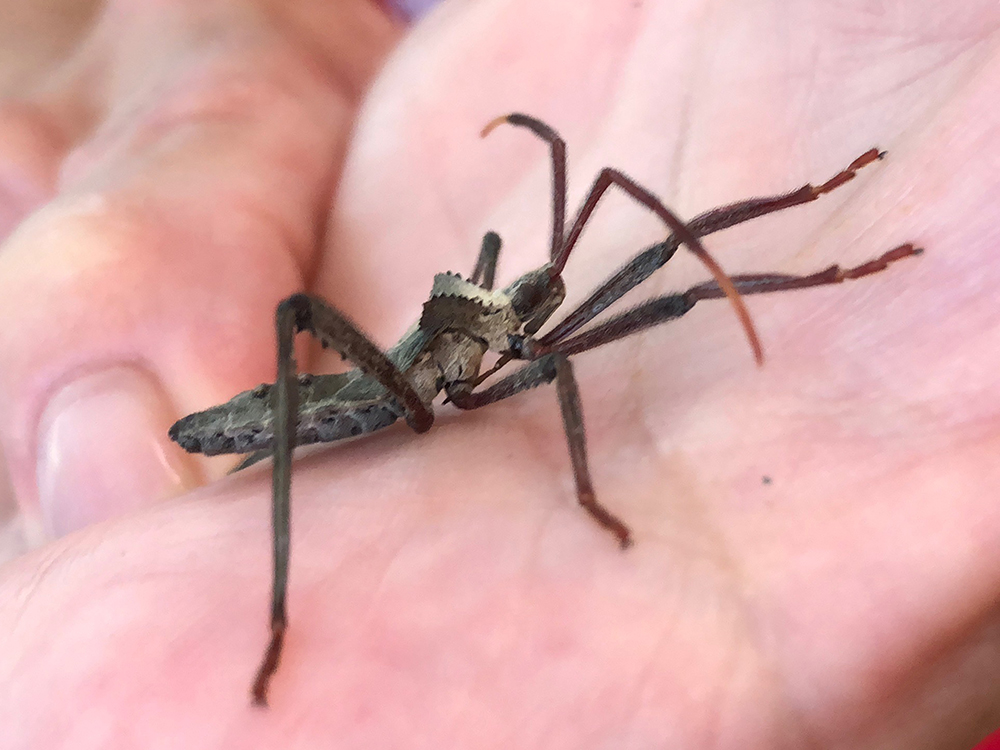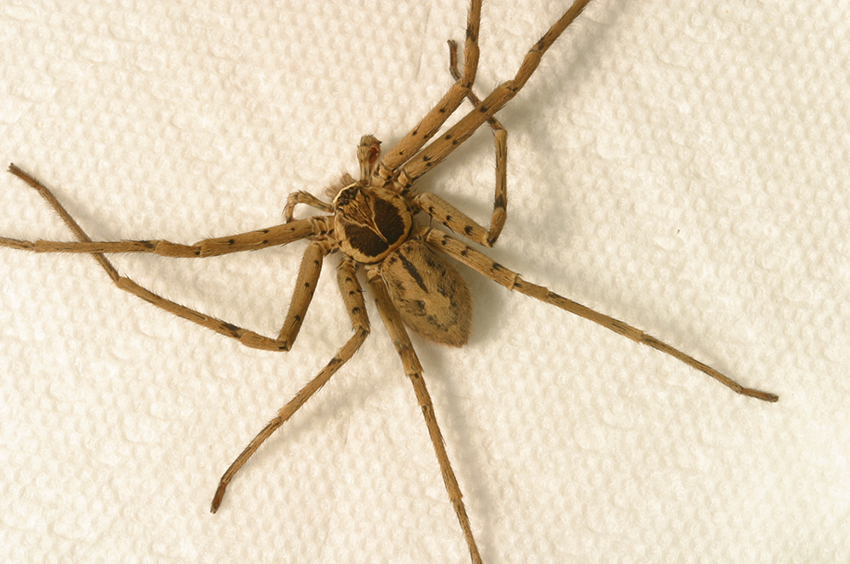
Example of a picture sent by someone who never bothered to to make sure it was focused before sending. Yes, I know, it actually hurts to look at this picture.
I get lots of images in email and on the web for identification. I get to see some amazing insects and good pictures this way, but I also receive a lot of really bad insect pictures. And since bad pictures don’t help your chances of getting a successful identification, it’s in everyone’s interest to take better pictures. So here are five tips for improving your chances to get an insect identified via email, your cell phone or other mobile device.
- Focus on the insect, not the background. Corollary to this rule: Look at your picture before sending. If the lawn at your feet is in sharp focus, but specimen looks like a fuzzy blob, you will need to retake. It will also look like a fuzzy blob to the entomologist.
- Take the picture in good light and fill your frame with the insect or damage, if you can. Brighter light (indirect sunlight or a well-lit room) will compensate for shaky hands and give the picture a deeper focus. Again, if you can’t see any details in your picture because it’s too far away, neither can the identifier.
- Take pictures from several angles. Sometimes key identification characters are hidden from a specific angle. Take a top and side view at least.
 Not a bad picture of a wheel bug, except that it’s not a wheel bug. It’s a leaf footed bug with the characteristic leaf-shaped legs obscured by the camera angle. To see another view of the same bug, click here.
Not a bad picture of a wheel bug, except that it’s not a wheel bug. It’s a leaf footed bug with the characteristic leaf-shaped legs obscured by the camera angle. To see another view of the same bug, click here.- Provide information about where and when you took the picture. You would be surprised how many people neglect to mention that they photographed their bug while on a cruise last winter in the Caribbean, or that it was taken by Aunt Melba from New Zealand. Please include nearest city, county and date of photograph if you don’t want to be black-listed by an identifier who just spent an hour looking for an exotic insect that’s not in the field guides.
- Include information about the size of your specimen. Note: “big” “medium” “small” is not good enough. Whether something is 3 mm or 5 mm can make a difference in determining a species. Use your ruler.

How big is this spider? Hard to tell without information about its size from the sender. To find out how big this giant crab spider really is, click here
There you go. Five simple rules for getting an identification made by your pest control company, your county extension agent, or a university entomologist.
Wait, I’m going to add one more. Use discretion when sending pictures. Sending someone picture after picture out of curiosity, or because you’ve just figured out what the closeup setting does on your iPhone, is not fair to the professional juggling lots of job responsibilities on the other end of the e-mail trail. It’s also polite to tell the identifier why you are submitting the sample. Did it bite or sting you? Is it an unwanted guest in your house? If so, how many are you seeing? Was it seen damaging a plant? If so, what kind of plant? Is it just for curiosity, or is your entire corn crop on the line? Curiosity questions will probably get a lower priority compared to the farmer or person suffering an allergic reaction to a sting.
If your identifier asks you to fill out a form, please do. It makes that person’s job way easier, and allows them to keep serving you this way.
Besides the identification authorities I’ve listed above, consider some of the online communities providing insect ids (at no cost) such as https://bugguide.net/ and https://www.inaturalist.org/ . You will probably have to follow similar rules for these sites, and they may not be as polite as your county Extension agent or pest control professional when you send really bad pictures.